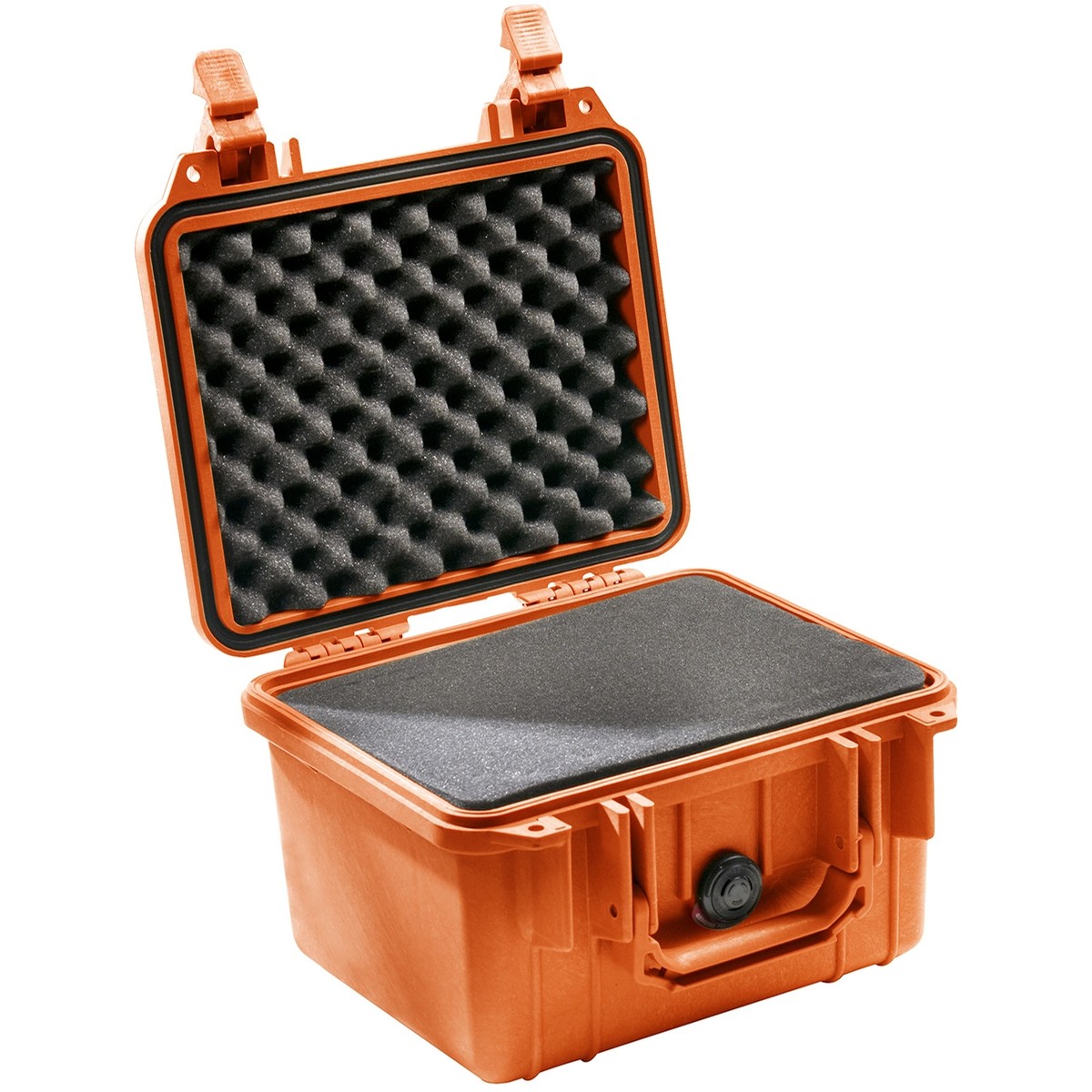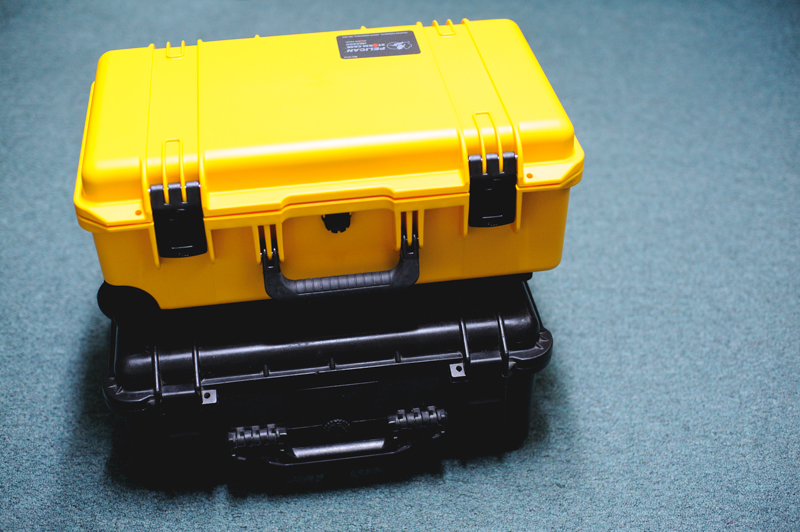When safeguarding your valuable equipment, choosing the proper protective case is crucial. Two of the most respected names in this arena are Pelican Cases and Pelican Storm Cases. Both lines offer unmatched durability, weather resistance, and a lifetime guarantee, making them popular among professionals and hobbyists. But how do you determine which one is right for your needs? This comprehensive guide breaks down the differences, features, and advantages of each, helping you make an informed decision.
Understanding the Basics: Pelican Cases and Pelican Storm Cases
Pelican Cases: The Industry Standard
Pelican Cases are often regarded as the gold standard in protective storage solutions. Known for their robustness, these cases are engineered to withstand the harshest environments. Whether you’re in the military, law enforcement, photography, or any industry that demands reliable protection, Pelican Cases have proven to be a reliable choice.
- Materials: Pelican Cases are constructed from high-impact polypropylene, offering excellent resistance to shock and vibration.
- Sealing: They feature an O-ring seal that ensures the case is watertight, dustproof, and crushproof.
- Pressure Equalization: The automatic pressure equalization valve balances interior pressure, preventing the case from sealing shut during changes in altitude.
Pelican Storm Cases: A Modern Twist on a Classic
Pelican Storm Cases, part of the Pelican family, share many of the features of the traditional Pelican Cases but with some modern upgrades. These cases are known for their lighter weight and ease of use without compromising protection.
- Materials: Like Pelican Cases, Storm Cases are made from lightweight, durable HPX resin, known for its impact resistance and lightweight properties.
- Latches: The most significant difference is the inclusion of the patented Press and Pull latches, which offer a smoother and more reliable latching mechanism compared to the standard latches on Pelican Cases.
- Comfort: Storm Cases often come with double-layered, soft-grip handles, making them easier to carry over long distances.

Comparing Durability and Protection
Shock and Impact Resistance
Both Pelican and Pelican Storm Cases are designed to withstand severe impacts. However, the type of material used in Storm Cases—HPX resin—provides a slight edge in flexibility, allowing it to absorb more shock without cracking or breaking.
- Pelican Cases: High-impact polypropylene designed to resist deformation and cracking.
- Pelican Storm Cases: HPX resin, which is slightly more flexible, offering better shock absorption.
Weather Resistance
Weatherproofing is critical for protecting sensitive equipment from the elements. Both case lines excel in this department, but there are minor differences.
- Pelican Cases: Known for their robust O-ring seal, which ensures complete watertight protection.
- Pelican Storm Cases: Equally watertight but with an improved gasket system that offers enhanced sealing under extreme conditions.
Ease of Use: Latches, Handles, and Mobility
Latching Systems
The latching mechanism is where the Pelican Storm Cases genuinely shine. The press and pull latches on Storm Cases are more accessible and offer a more secure closure than those on Pelican Cases.
- Pelican Cases: Equipped with durable double-throw latches that can be more challenging to open, especially in cold weather or with gloves on.
- Pelican Storm Cases: Feature user-friendly Press and Pull latches that ensure a secure closure even in challenging conditions.
Handles and Wheels
Carrying and transporting heavy equipment can be a hassle, so handle design and mobility are essential considerations.
- Pelican Cases: Typically come with comfortable solid handles that may lack the cushioning found in Storm Cases.
- Pelican Storm Cases: Often include double-layered, soft-grip handles for added comfort and non-slip grip. Many models also feature smooth-rolling wheels, making them ideal for travel.
Customization and Interior Options
Pelican Cases
Pelican Cases offers customization options, including customizable foam inserts, padded dividers, and even TrekPak systems for organizing smaller items. This makes them ideal for photographers, videographers, and anyone who needs to protect and organize delicate equipment.
Pelican Storm Cases
While Storm Cases also offer customizable interiors, they are generally designed more straightforwardly. The foam inserts are easy to remove and configure, making them a good option for users who frequently need to adjust their case interiors.
Size and Weight Considerations
Pelican Cases
Due to their thicker material and more robust construction, Pelican cases tend to be slightly heavier. This added weight is a trade-off for the superior protection they offer, making them ideal for situations where weight is less of a concern.
Pelican Storm Cases
Pelican Storm Cases are designed to be lighter without sacrificing durability. The use of HPX resin significantly reduces weight, making these cases better suited for users who need to keep their gear as light as possible.

Price Comparison: Value for Money
Pelican Cases
Pelican Cases generally have a higher price point due to their reputation, durability, and extensive customization options. However, for professionals who need the best possible protection, the investment is well worth it.
Pelican Storm Cases
Storm Cases are often slightly less expensive than their Pelican counterparts, offering an outstanding balance between cost and features. They provide excellent value for reliable protection without the premium price tag.
Choosing the Right Case for Your Needs
For Extreme Protection
Pelican Cases are the way to go if your priority is maximum protection and you don’t mind a bit of extra weight. Their thicker walls, more durable construction, and extensive customization options make them ideal for extreme conditions where failure is not an option.
For Lightweight Portability
Pelican Storm Cases are an excellent choice if you need something lighter and easier to handle but still require solid protection. They offer nearly the same level of protection as Pelican Cases but in a lighter, more user-friendly package.
Industry Applications: Who Uses What?
Photography and Videography
For photographers and videographers, the choice between Pelican Cases and Pelican Storm Cases often depends on the type of gear being transported and the conditions it will face.
- Pelican Cases: Preferred by those carrying heavy, expensive camera equipment requiring the highest protection level.
- Pelican Storm Cases: Favored by videographers and drone operators who need lightweight yet robust cases for frequent travel.
Military and Law Enforcement
Equipment reliability can be a matter of life and death in these demanding fields. Pelican and Storm Cases are used extensively, but the choice often depends on the specific application.
- Pelican Cases: These are often used for firearms, communication equipment, and sensitive electronics, where maximum protection is crucial.
- Pelican Storm Cases: These are used for lighter gear that needs to be transported quickly and efficiently.
Outdoor Enthusiasts and Adventurers
Outdoor enthusiasts often face harsh conditions that demand rugged protection for their gear.
- Pelican Cases: Ideal for extended trips where durability is paramount.
- Pelican Storm Cases: Better suited for day trips or situations where weight and ease of use are critical.
Conclusion: Making Your Decision
Choosing between Pelican Cases and Pelican Storm Cases ultimately comes down to your specific needs. Pelican Cases are the superior choice if you require the utmost protection and don’t mind a bit of extra weight. On the other hand, if you need a lighter, more portable option that still offers excellent protection, Pelican Storm Cases are the way to go.
Whether you are looking for Pelican cases for sale to protect your most valuable assets or considering Pelican Storm Cases for a lightweight, travel-friendly solution, both options offer unparalleled quality and peace of mind. Ultimately, your decision should be guided by the specific demands of your environment, the nature of the equipment you’re protecting, and your preferences for weight and ease of use.

